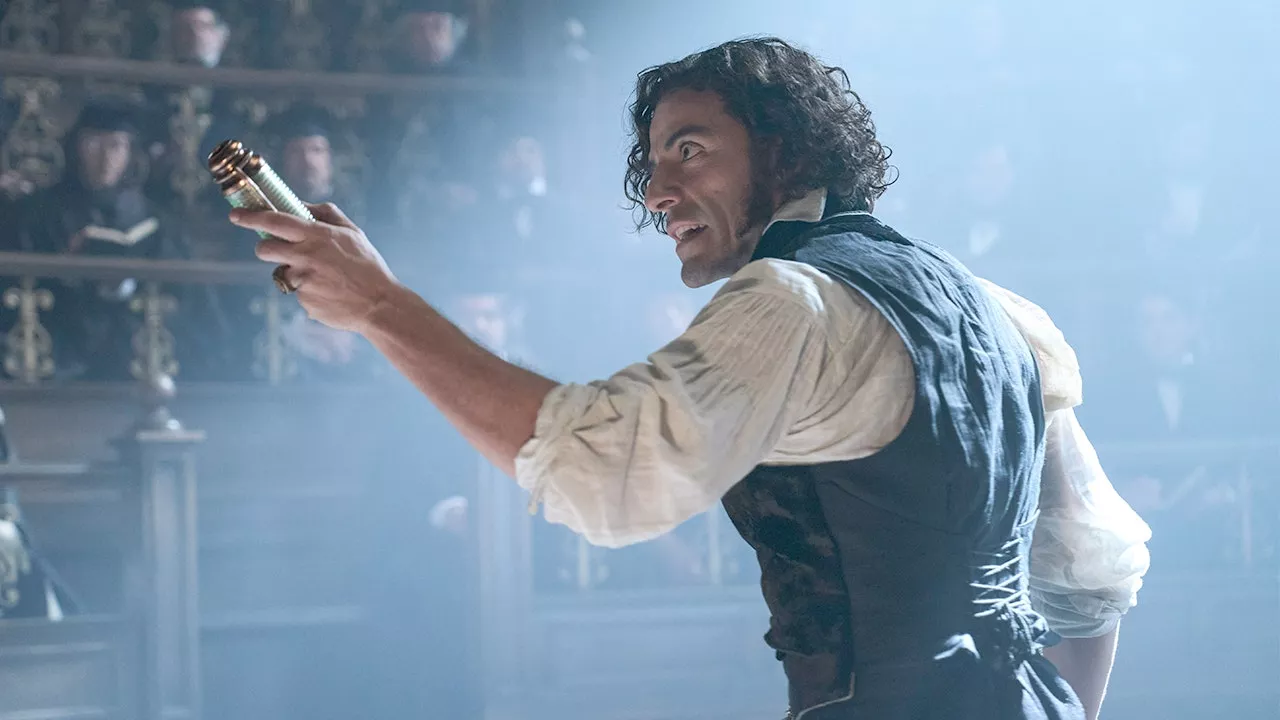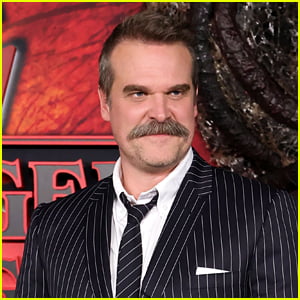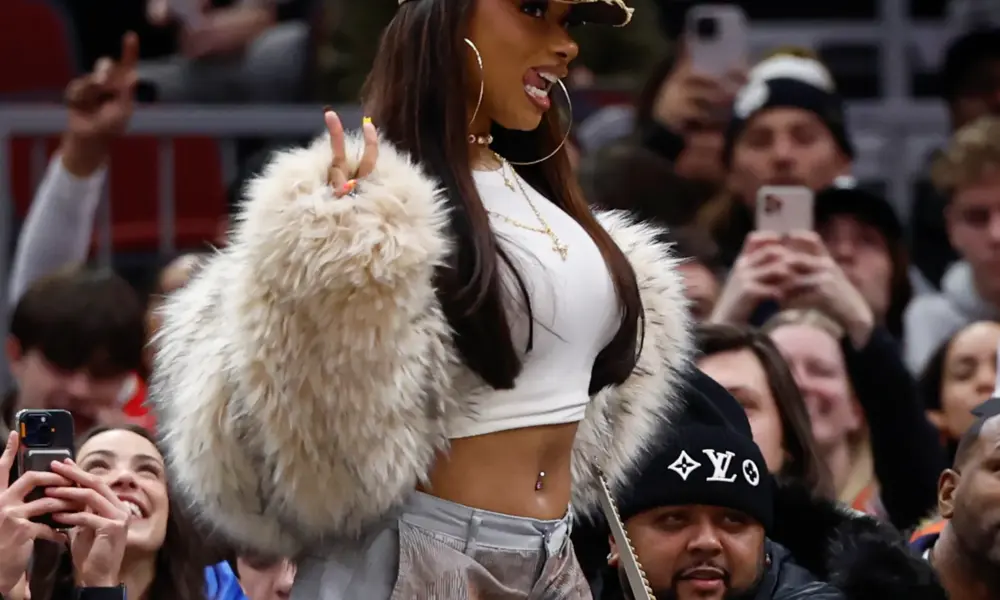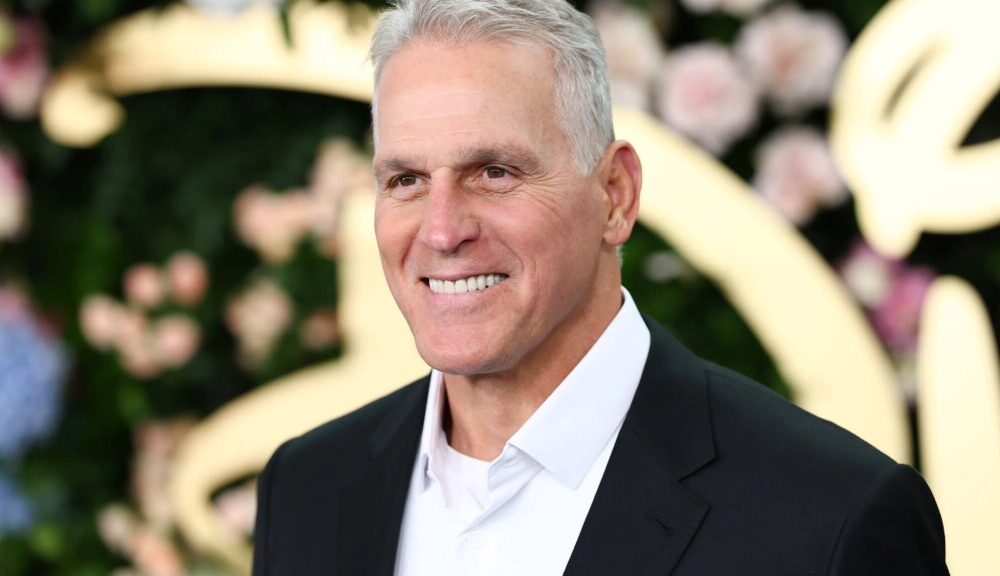Film is a medium that thrives on visual storytelling, and over the last fifty years, numerous films have captivated audiences with their stunning imagery. This article highlights ten films that stand out not just for their narratives but for their breathtaking visuals, showcasing the artistry of cinematographers, directors, and designers who have elevated cinema to an art form.
10. Raging Bull
Directed by Martin Scorsese and shot by Michael Chapman, “Raging Bull” presents a gripping portrait of boxer Jake LaMotta, played by Robert De Niro. The film, known for its stark black and white cinematography, captures the raw intensity of boxing matches. The fight sequences are operatic in their savagery, contrasting sharply with the emotionally charged domestic scenes that convey the personal turmoil of LaMotta’s life. This blend of brutality and beauty makes “Raging Bull” a visually powerful experience.
9. The Last Emperor
Bernardo Bertolucci’s “The Last Emperor” offers a sweeping visual narrative of the life of Puyi, the last emperor of China. The film features expansive sets filled with thousands of extras and opulent interiors that reflect the wealth of Imperial China. Cinematographer Vittorio Storaro employs vibrant colors to depict Puyi’s early years, transitioning to muted tones as he faces political imprisonment. This striking visual storytelling earned the film multiple Academy Awards.
8. Spider-Man: Across the Spider-Verse
“Spider-Man: Across the Spider-Verse” challenges the notion that animated films lack artistic merit. The sequel to the acclaimed “Spider-Man: Into the Spider-Verse” showcases a vibrant collage of animation styles, from watercolors to punk rock aesthetics. Each world within the multiverse boasts its own unique look, making the film a dazzling visual feast that pushes the boundaries of computer-generated animation.
7. Fantastic Mr. Fox
In “Fantastic Mr. Fox,” director Wes Anderson utilizes stop-motion animation to create a visually distinct world. Every frame, filled with handcrafted details, embodies the whimsical spirit of Roald Dahl’s story. The film’s autumnal palette and innovative techniques, such as using cotton balls for smoke, enhance its charm and make it a standout in the realm of animated cinema.
6. The Tale of Princess Kaguya
Studio Ghibli’s “The Tale of Princess Kaguya” is a masterpiece of traditional hand-drawn animation. The film draws inspiration from sumi-e watercolor paintings, employing minimalist details to evoke deep emotion. This labor-intensive approach resulted in one of the most visually calming animated films, showcasing the artistry that defines Studio Ghibli’s legacy.
5. Dune: Part Two
Denis Villeneuve’s “Dune: Part Two” continues the epic saga of Frank Herbert’s novel, featuring stunning visuals that transport viewers to the desert planet of Arrakis. Cinematographer Greig Fraser masterfully employs natural light to enhance the film’s expansive landscapes. The film’s striking imagery, including a unique black-and-white gladiatorial sequence, demonstrates the technical prowess of its production team.
4. Hero
“Hero,” directed by Zhang Yimou, is renowned for its color-coded storytelling. Each section of the film is defined by a distinct color palette, enhancing the narrative’s emotional depth. Collaborating with cinematographer Christopher Doyle, the film utilizes color not just for aesthetics but as a narrative device, making it one of the most visually arresting martial arts films ever produced.
3. The Tree of Life
Terrence Malick’s “The Tree of Life” explores profound themes of existence through its stunning visuals. Cinematographer Emmanuel Lubezki captures the beauty of both small moments and cosmic events, creating a visual experience that is both intimate and grand. The film’s natural light and varied film formats contribute to its dream-like quality, making it a remarkable cinematic journey.
2. Barry Lyndon
Stanley Kubrick’s “Barry Lyndon” is a visual marvel that employs innovative techniques to replicate the look of 18th-century paintings. Utilizing specially modified lenses originally developed for NASA, cinematographer John Alcott captures the film in natural light, including candlelight scenes that evoke a historical authenticity. The meticulous staging and composition make every frame a visual masterpiece.
1. The Assassination of Jesse James by the Coward Robert Ford
At the pinnacle of visual artistry is “The Assassination of Jesse James by the Coward Robert Ford,” shot by the acclaimed cinematographer Roger Deakins. The film’s muted color palette and innovative lens techniques create a haunting yet beautiful atmosphere. Deakins’ work gives the film a dream-like quality, making it a standout in modern cinema. Despite its lack of recognition during awards season, the film remains a benchmark for visual storytelling.
These ten films exemplify the extraordinary potential of cinema to create stunning visual experiences. They not only entertain but also elevate film as a respected art form, leaving a lasting impact on audiences worldwide.







